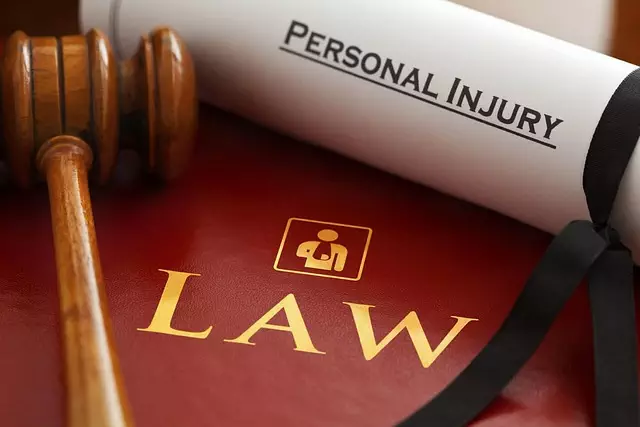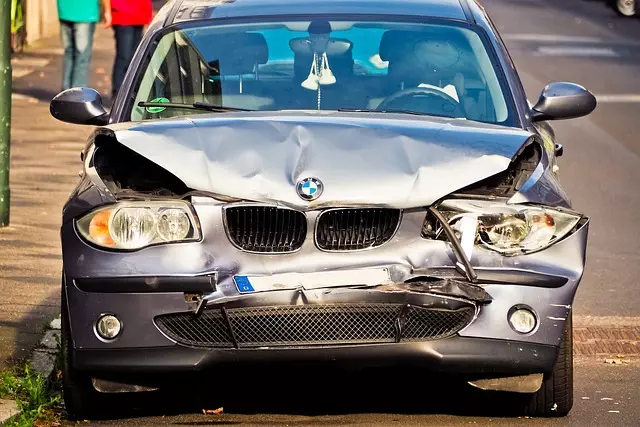In Manhattan, strict cyclist safety laws aim to protect both cyclists and drivers. Violations can lead to severe consequences, like brain trauma, with specialized treatment available at facilities in Queens. Key factors contributing to accidents include driver negligence, weather, inadequate infrastructure, and cyclist behavior. Early intervention for injuries, including legal protections and medical services, is crucial. Understanding the legal process, engaging experienced attorneys, and leveraging community support networks are essential steps for cyclists involved in accidents, especially when seeking brain trauma treatment in Queens. Government initiatives further enhance safety across NYC.
In Manhattan, cyclist safety is a paramount concern, with an increasing number of riders facing risks on crowded streets. This article explores crucial aspects of cyclist safety laws, common accident causes, and the specific challenges posed by brain trauma in biking incidents, particularly focusing on treatment options available in Queens. Additionally, it guides cyclists on their legal rights post-collision and offers practical steps for navigating a lawsuit. Key resources are also provided for injured cyclists seeking support in Manhattan.
- Understanding Cyclist Safety Laws in Manhattan
- Common Causes of Cyclist Accidents in NYC
- Brain Trauma in Bicycling Incidents: Symptoms and Treatment in Queens
- Legal Rights of Cyclists Involved in Collisions
- Navigating a Cyclist Safety Lawsuit: Steps to Take
- Support and Resources for Injured Cyclists in Manhattan
Understanding Cyclist Safety Laws in Manhattan

In Manhattan, cyclist safety is governed by a specific set of laws that aim to protect both cyclists and drivers. Cyclists are considered vehicles and must adhere to traffic signals and lane markings, while motorists are required to share the road responsibly. One critical aspect often discussed in lawsuits involving brain trauma treatment Queens is the liability for accidents resulting from neglect or violation of these laws.
When it comes to cyclist safety, understanding the rules is essential. Cyclists should wear protective gear, including helmets designed to reduce the risk of head injuries, which can lead to costly brain trauma treatment in Queens. Similarly, drivers must be vigilant, maintaining a safe distance and yielding to cyclists in designated lanes or crosswalks. Enforcing these laws is crucial in preventing accidents and ensuring cyclist safety on Manhattan’s bustling streets.
Common Causes of Cyclist Accidents in NYC

In New York City, cyclist accidents can result from a variety of factors. One of the most common causes is driver negligence, such as failure to yield or not observing proper distance when passing cyclists. Additionally, poor weather conditions, like rain or snow, can contribute to skidding and loss of control, leading to collisions. Another significant issue is the condition of bike lanes and infrastructure; potholes, missing signs, and lack of maintenance can all create hazardous situations for cyclists. Moreover, cyclist behavior also plays a role; riding on sidewalks, not using lights during low-light conditions, or failing to signal can increase the risk of accidents.
Brain trauma is a serious concern in these incidents, requiring specialized care like that available at facilities offering brain trauma treatment Queens residents trust. Given the high population density and heavy traffic in NYC, cyclists face increased risks. Therefore, awareness and adherence to safety protocols by both cyclists and drivers are crucial in preventing these accidents and ensuring everyone’s well-being on the roads.
Brain Trauma in Bicycling Incidents: Symptoms and Treatment in Queens

Brain trauma is a significant concern in bicycling incidents, especially in a bustling city like Manhattan. When a cyclist experiences a collision, the potential for head injuries, including brain trauma, is high due to the force involved. Symptoms of brain trauma can range from subtle to severe and may include headaches, dizziness, nausea, vision problems, slurred speech, and memory lapses. In more severe cases, individuals might experience seizures, loss of consciousness, or even comas.
In Queens, brain trauma treatment is accessible through various medical facilities equipped to handle such injuries. Early intervention is crucial for managing brain trauma; patients often require immediate imaging studies, such as CT scans, to assess the extent of damage. Treatment plans may involve medication for pain management and reducing inflammation, physical therapy to regain strength and coordination, and occupational therapy to aid in daily living skills recovery. In severe cases, surgical interventions might be necessary to relieve pressure on the brain or correct structural abnormalities.
Legal Rights of Cyclists Involved in Collisions

In the event of a cycling accident, understanding one’s legal rights is paramount for riders in Manhattan. Cyclists involved in collisions have specific protections and entitlements under New York law. If you’ve suffered injuries, especially complex ones like brain trauma, it’s crucial to know that you may be entitled to compensation. Seeking immediate medical attention, gathering evidence at the scene, and consulting a legal expert specializing in cyclist safety lawsuits are essential steps towards ensuring your rights are protected.
The focus on brain trauma treatment Queens residents can access is particularly relevant given the potential severity of cycling-related incidents. These injuries often require extensive medical care and rehabilitation, which can lead to significant financial burdens. Cycling safety laws aim to safeguard riders from such challenges by holding responsible parties accountable for their actions. This includes drivers, property owners, or any entity whose negligence contributes to a collision.
Navigating a Cyclist Safety Lawsuit: Steps to Take

When facing a cyclist safety lawsuit in Manhattan, understanding the legal process is crucial. The first step is to gather all relevant information and evidence related to the incident, including medical records for any injuries, especially focusing on brain trauma treatment Queens-based facilities may provide. This documentation is vital for demonstrating liability and the extent of damages.
Next, consult with an experienced attorney who specializes in personal injury cases involving cyclists. They will guide you through the steps, from filing a response to the lawsuit within the required timeframe to constructing a solid defense strategy. This process involves reviewing local laws and regulations regarding cyclist rights and responsibilities, which can significantly impact the outcome of your case.
Support and Resources for Injured Cyclists in Manhattan

In the aftermath of a cycling accident, injured cyclists in Manhattan can access a range of support and resources to aid their recovery and ensure they receive proper care. Local non-profit organizations and community groups actively work to advocate for cyclist safety and provide assistance to those who have been harmed. These networks offer crucial services such as legal advice, medical referrals, and emotional support, helping injured cyclists navigate the complexities of personal injury cases and access the best brain trauma treatment in Queens or anywhere else they may need it.
Additionally, there are government-backed programs and initiatives designed to protect and benefit cyclists across New York City. These include infrastructure improvements like dedicated bike lanes and safety campaigns that educate both cyclists and drivers about sharing the road responsibly. Injured cyclists can tap into these resources to not only heal but also contribute to a safer and more inclusive urban environment for all transportation modes.
In navigating a cyclist safety lawsuit in Manhattan, understanding your legal rights and the specific steps involved is crucial. This article has provided an in-depth guide, from comprehending local laws to recognizing common accident causes and seeking appropriate brain trauma treatment in Queens. Remember that if you’ve been injured, you deserve support and resources tailored to your needs. By following the outlined steps, cyclists can effectively pursue justice and secure the compensation they require for their recovery, including access to top-quality brain trauma treatment options in Queens.
